We’re all aiming for high-quality translations, but how do you actually achieve it? Ensuring high translation quality means knowing the importance of quality assurance, having an effective process, and understanding what the long-term best practices are.
With all the languages spoken around the world, having a simple process that can be used throughout your company will help improve efficiency and save time.
In this article, we will demonstrate how good translations can help protect your brand’s image and keep your customers satisfied, as well as how Day Translations can help with your company’s needs.
What is Translation Quality Assurance (TQA)?
Translation quality assurance is a series of processes guaranteeing that translated material is correct, consistent, and readable to the target audience. It involves following every step in the translation process and refining every stage.
Translation quality management prevents poor or misleading translations that may damage your image. Double-checking your content carefully via efficient workflow processes ensures you make corrections before publishing. It also prevents expensive and time-consuming errors that distract you from your goals.
Bad translations may cause expensive legal issues or cultural faux pas that harm your reputation and wallet. Good translations allow you to save time and money in the long run.
Having pre-determined standards for your content makes it easier to communicate the message and tone of the original content to new audiences. This means translating the words themselves and paying attention to regional and cultural factors affecting how your text is interpreted across regions.
What Defines a High-Quality Translation?
High-quality translations are free from errors and make sense to the target audience.
Some key things can help you determine if you have a high-quality translation, which are:
- No spelling or grammar mistakes. According to a European Marketing Academy study, customers who saw typos when they were on a page were not positively inclined towards the brand and did not trust the site.
- Consistent use of correct terminology.
- Conveying the meaning of the source text.
- Adhering to predefined guidelines and requirements set out in a style guide.
- Accurate formatting, including dates and units that fit with the intended audience.
- Adapting relevant culturally specific aspects.
- A definite relationship exists between ease of reading and style with the source material.
As a translator, this is a lot to juggle in your brain, and it is easy to forget each process that goes into high-quality translations. That’s why a good translation QA workflow is important to catch errors early and make sure that the content is valuable and useful for the target market.
Key Steps in a Translation QA Workflow
Workflows may vary from project to project and from one company doing the translations to another. They may also vary based on the project’s value (commercial or internal value), timeline, and budget.
The following steps provide an effective workflow for translation quality control:
- Initial translation: The translator should be an expert in the topic they are translating. They should follow the guidelines provided and check their work before moving to the next stage.
- Proofreading: The proofreader’s job is to catch any spelling, grammar, punctuation, and terminology issues the translator may have missed. They can also help check the flow of the text if necessary.
- Editing: An editor can check the translation to ensure the text is relevant to the intended audience and stays on message. This is more relevant for marketing purposes than technical documents that don’t need to be persuasive.
- Formatting: Once the base text has been reviewed, content management can work on implementing the translated text into the correct layout to prepare for publishing. How text appears on the page can impact the overall quality of the translation.
- Formatted proofreading: After formatting and previewing the final page layout, a second proofreading pass can guarantee that any errors made when entering text into a content management system can be fixed.
- Project delivery: The project manager reviews the final document and checks it for quality before passing it on to the client. If the design and layout aren’t compatible with the translated text, final modifications are usually made.
- Client check: After project delivery, the client can check the completed product themselves or have a specialist in the field double-check the quality of the translated work. If any issues are spotted, adjustments can be made to meet client expectations.
5 Best Practices to Improve Translation Quality Long-Term
Here are some of the best practices you can implement to improve translation quality assessment in the long run:
-
Preparation
Before translation, you need precise guidance on accuracy, tone, fluency, and cultural appropriateness.
This comes in the form of a style guide, which must be conveyed to everyone who is going to work on the project before they start. The source material must likewise be clear and mistake-free to serve as a good foundation for translation.
The translator working on the project should be an expert in the topic and the target language.
-
Use the Right Tools
The right tools can make your work consistent from one project to another and save time. Use translation memory (TM) to speed up work through the preservation of previously translated sentences and paragraphs.
Terminology management software can keep your output aligned with your project’s style guide and glossary. Using automated QA software helps correct minor errors that would take a long time to edit manually.
Every stage of your workflow should be easy to follow to ensure consistent high quality and to guarantee that the final output is as per your clients’ expectations.
-
Consult Experts
Good translation can only do so much of the work if the resulting text doesn’t resonate with your target audience. Even if your translator is a subject expert, consulting with other professionals in specialized content areas helps ensure complex terminology is used appropriately.
These are known as subject matter experts (SME), and bringing them in during the translation process saves time by accurately using terminology that is faithful to the source text.
SMEs are especially useful when translating dense and technical material, such as user manuals or controlled health material.
-
Communicate Clearly
Proofreaders, translators, and editors need to communicate freely throughout the process. Project and instruction expectations should also be clear.
Feedback loops can help create clear lines of dialogue between departments, and translators should ask questions to save time in the long term.
-
Review Processes
After completing a project, review the process to assess what works and what doesn’t. Look at each step of your workflow and find areas for improvement.
Getting regular feedback from translators, editors, and proofreaders alerts you to the repetitive mistakes that can’t be picked up from afar. If you keep up with the latest TQA tools and workflows, you can keep improving the quality of your projects.
Translation QA vs. Localization QA: What’s the Difference?
Translation and localization are often used interchangeably, but there is a difference between them. Localization is a part of translation and is usually a deeper cultural adjustment of text, and not just changing the words to translate into the target language.
There is certain text that is merely translated, but localization is also a key component of your process if you want to connect with a specific audience. The quality assurance steps for each can differ, so take a look at some of the main ways they work in the table below:
| Translation QA | Localization QA |
| Metrics: This means using the correct forms of measurement, including date and time formats and currency for the target audience. | Symbolic values: The use of color or imagery can differ between cultures and change the tone of a message in different contexts. |
| Language: Capturing the relevant dialect, idioms, slang, and tone. | Cultural preferences: Knowing if certain practices are more common among different groups. |
| Text length: Translations can be longer than the source material, meaning they may need to be adapted to fit the design. | Website layout: Considering the website’s design to work with the target audience, like being aware of formatting right-to-left writing languages. |
| Relevant data: Allowing users to input information accurately and efficiently based on the target region, like options for state or country. | Local market: Using information from users in the local market, such as reviews or testimonials, to create relevant and authentic content. |
Common QA Mistakes to Avoid
There are a few common pitfalls you should be aware of when trying to improve translation quality, which include:
- Unclear guidelines: Aiming for high-quality translations is one thing, but your guidelines need specific criteria to achieve the quality you’re looking for.
- Lack of reporting process: To maintain continuous improvement, a system needs to be in place to provide feedback at each step and space for adjustments to the workflow.
- Vague feedback: Assessments are vital for linguists’ development, so your reports need to be actionable. Providing a grading system can facilitate monitoring of progress for linguists.
- Overcomplicated workflow: If TQA processes involve too many manual processes across multiple platforms, progress can be slowed down. Having one seamless platform can be an effective solution for efficiency and cost-effectiveness in the long run.
- Inflexibility: Clients can have different expectations when it comes to the term quality. Your guidelines need to be adaptable based on your client’s needs to deliver the project to a high standard.
How Day Translations Delivers QA at Every Stage
Day Translations offers high-quality translations for every industry, allowing you to widen your global reach. We operate a 5-step quality control process to ensure complete accuracy and offer a lifetime guarantee.
The workflow starts with perfect translation and formatting before a proofreader looks at terminology, spelling, syntax, and grammar. An editor will then check the translated document against the original for symmetry. The project manager will review the final version and send it to the customer for approval who can request any updates if necessary.
We have certified translators around the globe, meaning we work to deliver your documents long before your deadline by working around the clock. This means you have time to review and approve them.
With our exceptional service, we can help provide translations that can increase your reach, whether you’re a small start-up or a Fortune 500 company. Request a quote today to start your journey with professional translators who are passionate about delivering top-quality work.
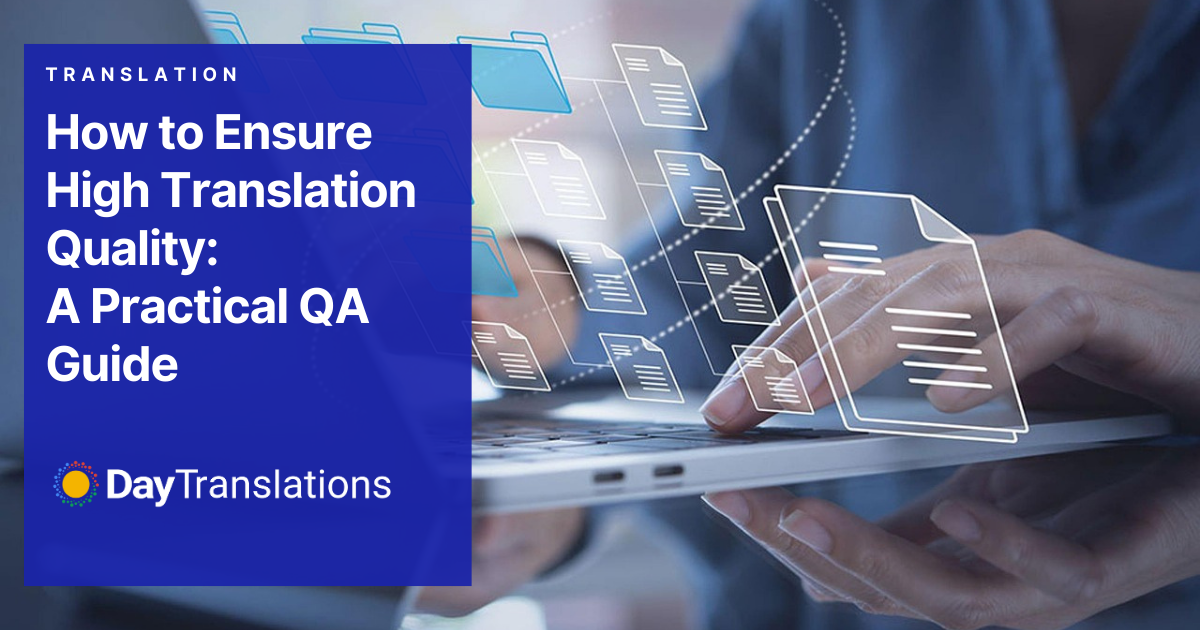
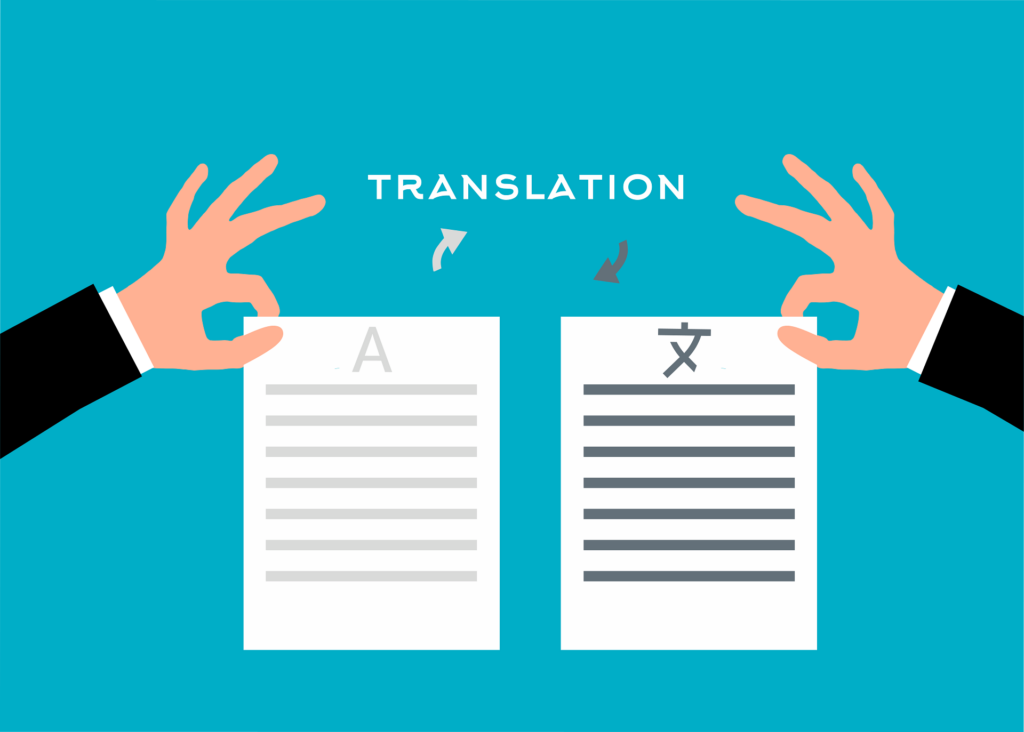
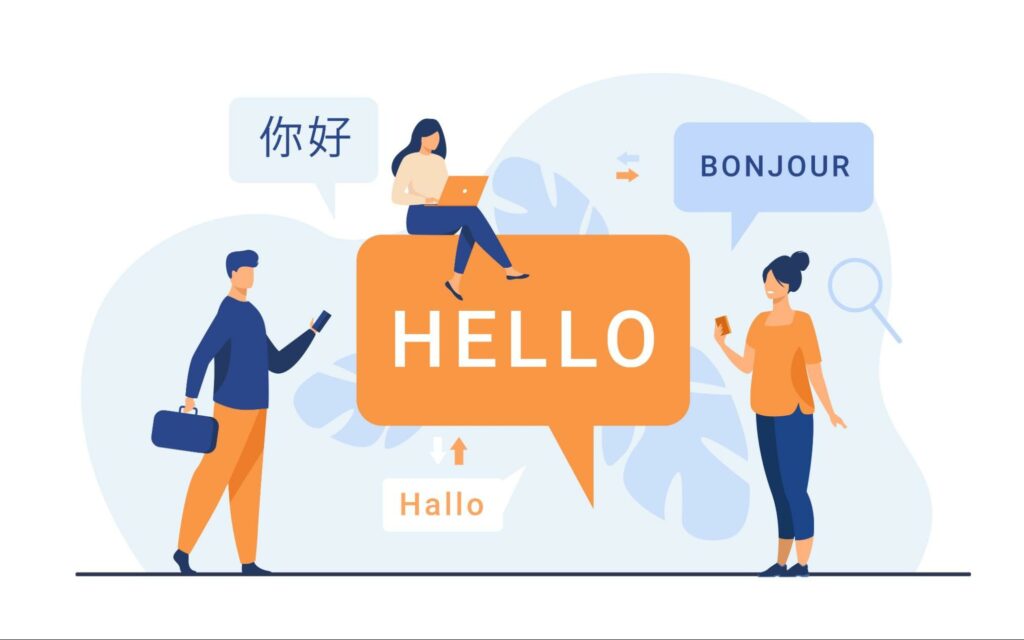
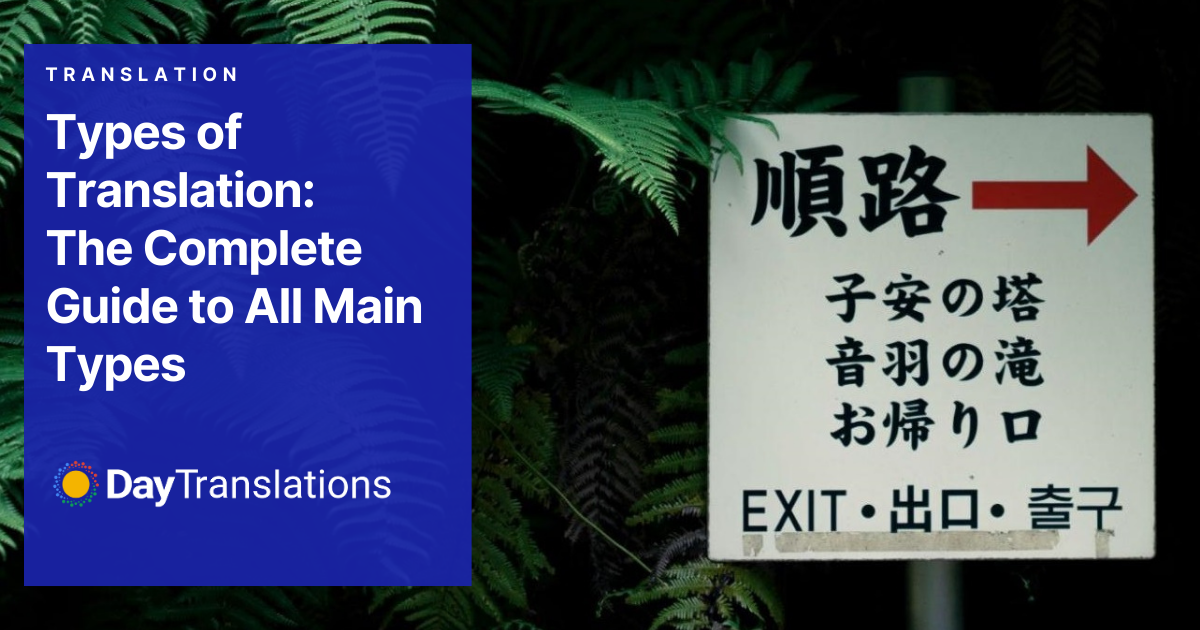



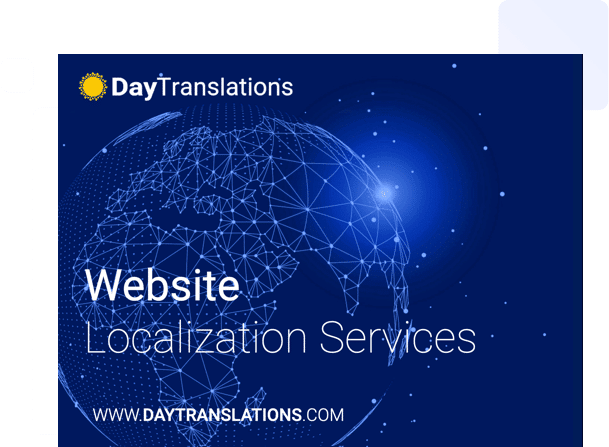






Sorry, the comment form is closed at this time.